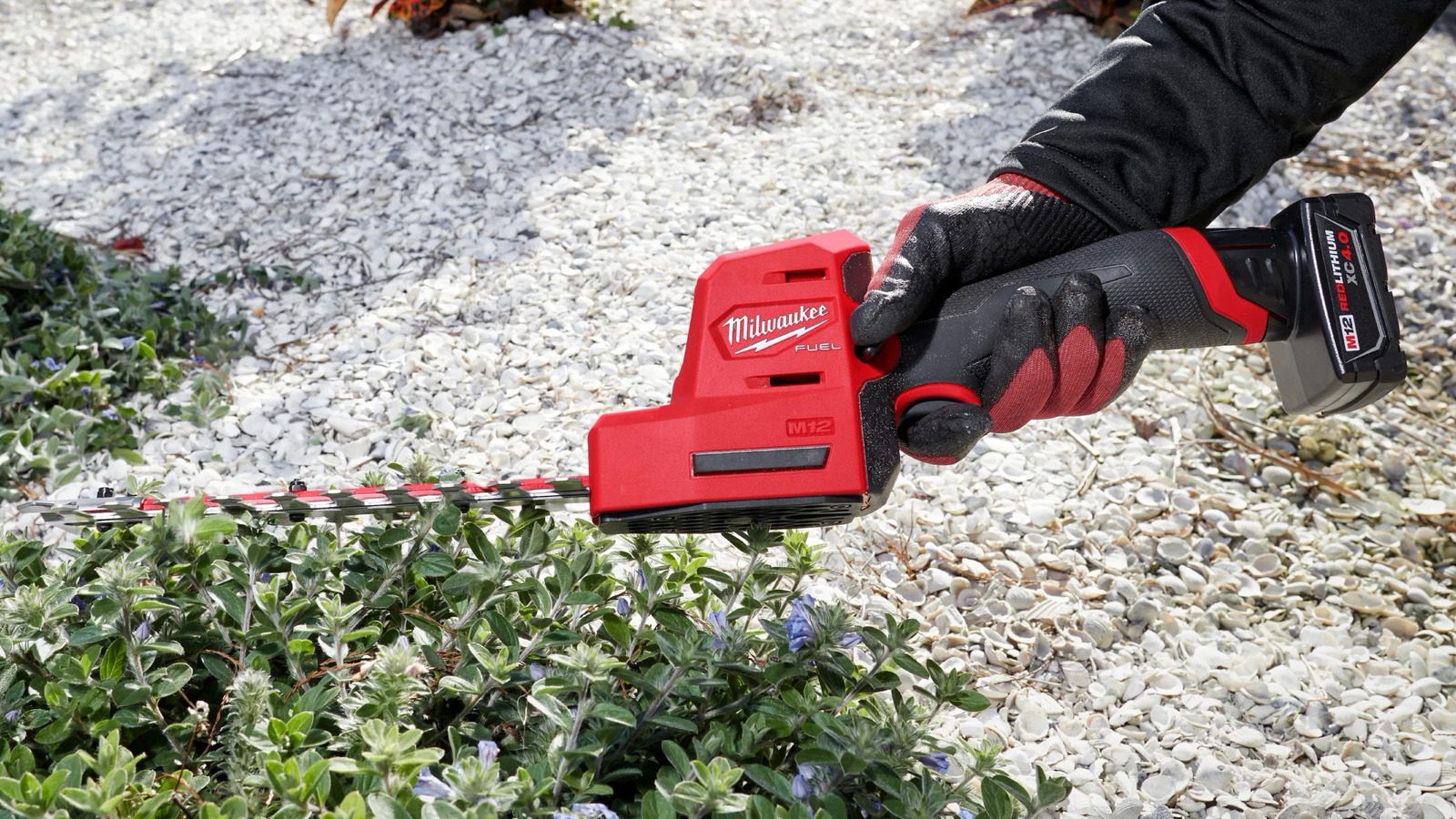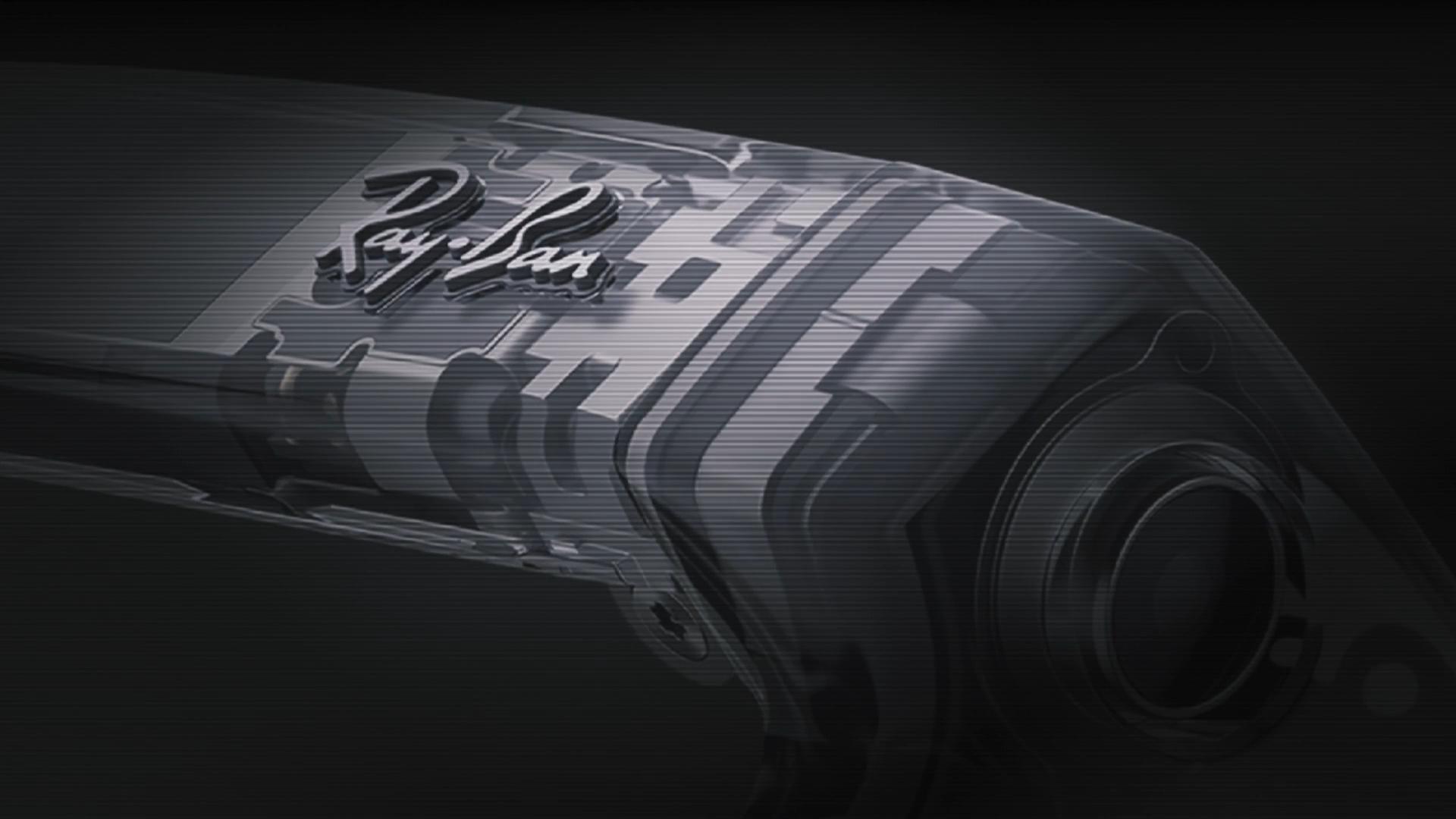How to Fix Default Constructor Issues in Unity for Structs?
Introduction In Unity development, you may encounter issues with types not being recognized correctly, especially when you import libraries via NuGet. A common situation arises when you have a struct, like GZipCompression, which implements an interface but does not seem to expose its default constructor. This article discusses why this issue occurs and provides step-by-step guidance on how to resolve it, particularly in relation to Unity's handling of types and the default constructor. Why the Default Constructor Issue Occurs Unity and .NET use certain optimization techniques when compiling code, particularly for structs. When you run typeof(GZipCompression).GetConstructor(Type.EmptyTypes), it returns null because structs are treated differently than classes; they do not declare a constructor unless you specifically create one, and Unity may strip out metadata during the build process for performance reasons. When a struct is packed in a library, and especially if it's been impacted by static linking, its metadata could be stripped or optimized away unless carefully configured. This behavior can lead to issues where the default constructor does not appear available, despite the struct being perfectly valid and initialized by default. How to Ensure the Default Constructor Exists for Structs Step 1: Specify a Default Constructor To control the constructor behavior for your struct, define an explicit default constructor. This is largely a workaround but provides clarity and ensures that Unity acknowledges it. Here’s how you can do it: public struct GZipCompression : ICompressionStreamProvider { // Explicit default constructor public GZipCompression() { // Initialization logic here (if necessary) } // Other members... } Defining a constructor like this signals to the Unity runtime that your struct has a constructor, which should help during reflection calls. Step 2: Ensure Type Metadata is Available Ensure that during the build process, your struct is not stripped of its metadata. You can do this by modifying your assembly's build settings. If you’re using the Unity Editor: Go to Player Settings. Look for the Managed Stripping Level setting and set it to Low or Disabled. This change should prevent Unity from stripping your types' constructors out of the final build. Be cautious with performance implications as a lower stripping level can increase the size of your build. Additional Considerations Step 3: [Preserve] Attribute If you use the Unity Linker (which can be configured in your Player Settings), ensure you handle types that may be stripped away. You can use the [Preserve] attribute to ensure that specific types or members are preserved during the linking process. Implement it as follows: using UnityEngine.Scripting; [Preserve] public struct GZipCompression : ICompressionStreamProvider { public GZipCompression() { // Initialization logic... } } This tells the Unity linker to keep this struct intact, preserving its constructor and ensuring it’s available at runtime. FAQ Q: Do all structs need a default constructor? A: Not all structs require a default constructor, but defining one can avoid issues, especially in Unity. Q: Will the struct size change if I add a constructor? A: No, adding a default constructor does not affect the size of a struct. Q: What if the issue persists? A: If you still experience issues, double-check your build settings, consider the platform specificity, and ensure your assembly references are correct. Conclusion By defining a default constructor explicitly in your structs, modifying the managed stripping level, and possibly applying the [Preserve] attribute, you can effectively resolve the issue where GetConstructor returns null. These steps ensure that Unity can correctly handle your types, allowing for smoother integration of external libraries and better overall functionality in your projects.

Introduction
In Unity development, you may encounter issues with types not being recognized correctly, especially when you import libraries via NuGet. A common situation arises when you have a struct, like GZipCompression, which implements an interface but does not seem to expose its default constructor. This article discusses why this issue occurs and provides step-by-step guidance on how to resolve it, particularly in relation to Unity's handling of types and the default constructor.
Why the Default Constructor Issue Occurs
Unity and .NET use certain optimization techniques when compiling code, particularly for structs. When you run typeof(GZipCompression).GetConstructor(Type.EmptyTypes), it returns null because structs are treated differently than classes; they do not declare a constructor unless you specifically create one, and Unity may strip out metadata during the build process for performance reasons.
When a struct is packed in a library, and especially if it's been impacted by static linking, its metadata could be stripped or optimized away unless carefully configured. This behavior can lead to issues where the default constructor does not appear available, despite the struct being perfectly valid and initialized by default.
How to Ensure the Default Constructor Exists for Structs
Step 1: Specify a Default Constructor
To control the constructor behavior for your struct, define an explicit default constructor. This is largely a workaround but provides clarity and ensures that Unity acknowledges it.
Here’s how you can do it:
public struct GZipCompression : ICompressionStreamProvider
{
// Explicit default constructor
public GZipCompression()
{
// Initialization logic here (if necessary)
}
// Other members...
}
Defining a constructor like this signals to the Unity runtime that your struct has a constructor, which should help during reflection calls.
Step 2: Ensure Type Metadata is Available
Ensure that during the build process, your struct is not stripped of its metadata. You can do this by modifying your assembly's build settings. If you’re using the Unity Editor:
- Go to Player Settings.
- Look for the Managed Stripping Level setting and set it to Low or Disabled. This change should prevent Unity from stripping your types' constructors out of the final build. Be cautious with performance implications as a lower stripping level can increase the size of your build.
Additional Considerations
Step 3: [Preserve] Attribute
If you use the Unity Linker (which can be configured in your Player Settings), ensure you handle types that may be stripped away. You can use the [Preserve] attribute to ensure that specific types or members are preserved during the linking process.
Implement it as follows:
using UnityEngine.Scripting;
[Preserve]
public struct GZipCompression : ICompressionStreamProvider
{
public GZipCompression()
{
// Initialization logic...
}
}
This tells the Unity linker to keep this struct intact, preserving its constructor and ensuring it’s available at runtime.
FAQ
Q: Do all structs need a default constructor?
A: Not all structs require a default constructor, but defining one can avoid issues, especially in Unity.
Q: Will the struct size change if I add a constructor?
A: No, adding a default constructor does not affect the size of a struct.
Q: What if the issue persists?
A: If you still experience issues, double-check your build settings, consider the platform specificity, and ensure your assembly references are correct.
Conclusion
By defining a default constructor explicitly in your structs, modifying the managed stripping level, and possibly applying the [Preserve] attribute, you can effectively resolve the issue where GetConstructor returns null. These steps ensure that Unity can correctly handle your types, allowing for smoother integration of external libraries and better overall functionality in your projects.










































































































































































![[The AI Show Episode 146]: Rise of “AI-First” Companies, AI Job Disruption, GPT-4o Update Gets Rolled Back, How Big Consulting Firms Use AI, and Meta AI App](https://www.marketingaiinstitute.com/hubfs/ep%20146%20cover.png)
























































































































![[DEALS] The Premium Python Programming PCEP Certification Prep Bundle (67% off) & Other Deals Up To 98% Off – Offers End Soon!](https://www.javacodegeeks.com/wp-content/uploads/2012/12/jcg-logo.jpg)












































































































































_Aleksey_Funtap_Alamy.jpg?width=1280&auto=webp&quality=80&disable=upscale#)
_Sergey_Tarasov_Alamy.jpg?width=1280&auto=webp&quality=80&disable=upscale#)















































































































![Apple Developing New Chips for Smart Glasses, Macs, AI Servers [Report]](https://www.iclarified.com/images/news/97269/97269/97269-640.jpg)
![Apple Shares New Mother's Day Ad: 'A Gift for Mom' [Video]](https://www.iclarified.com/images/news/97267/97267/97267-640.jpg)
![Apple Shares Official Trailer for 'Stick' Starring Owen Wilson [Video]](https://www.iclarified.com/images/news/97264/97264/97264-640.jpg)






































































































